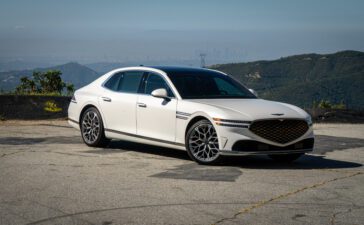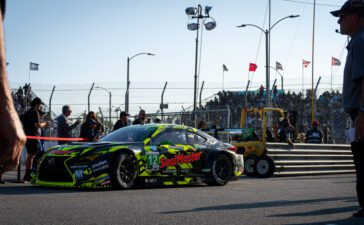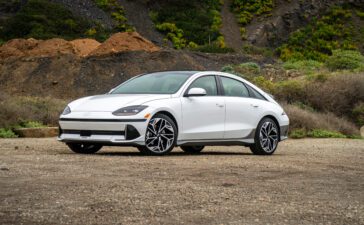Overall mechanical reliability is a crucial aspect of car ownership. Owning a vehicle that will get you from point A to point B without issue over the course of several years and thousands—scratch that, hundreds of thousands—of miles is important, and ensures a relatively stress-free and financially stable future. This isn’t a depending on who you ask scenario, either, it’s what pretty much all reasonable folks seek in their rides.
But there are those among us who are less than reasonable: They could care less about overall assumed reliability for several reasons. Maybe they enjoy the challenge of a project, it might be a second or third car that could sit in the shop for a while, or the juice may be worth the squeeze—meaning, it’s either fun enough to drive or nice enough to look at that, so they simply don’t care. It’s all about expectations.
Let’s outline three of the most reliable cars and three of the least reliable cars, and explain why each achieves its respective title. There are thousands of cars that could fit under either column, but here are six total that are worth looking into as your next faithful (or unfaithful) steed nonetheless. Some may surprise you, too, so buckle up.
Most reliable: Toyota Corolla (duh!)
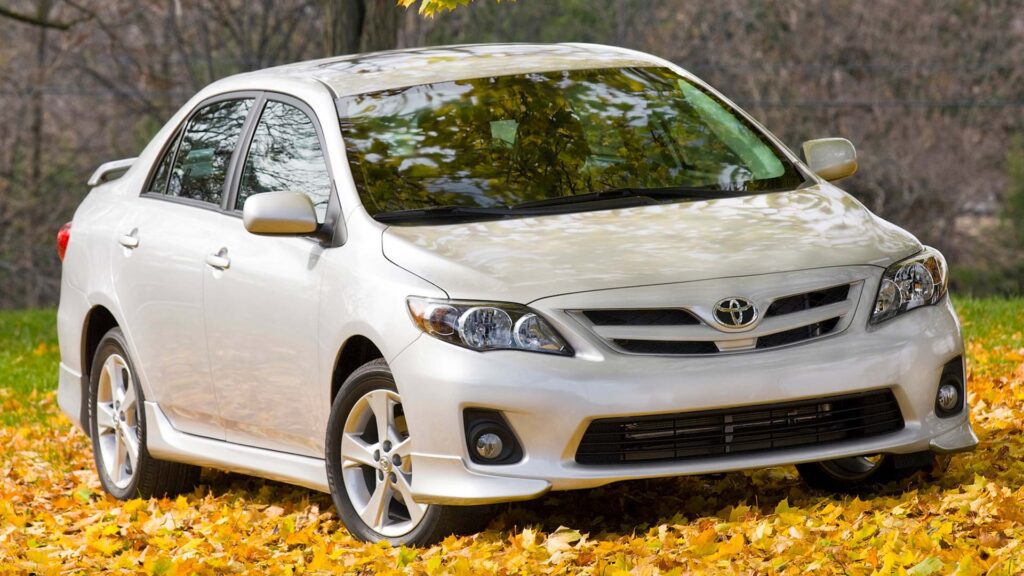
This may be the shock of the century (kidding), but the wholesome, modest Toyota Corolla has belonged on this list for the better part of 25 years. Well, before that as well, but it’s a little tough finding clean examples made before the ninth generation debuted in 2000.
The top reason why they’re so reliable is there’s simply not much to ‘em. Sturdy, naturally aspirated Toyota four-cylinder, a conventional automatic, CVT, or manual gearbox, front-wheel drive, econobox amenities, traction control, ABS … and not much else. There have been a few higher-performance variants here and there, but even those are plenty sturdy in their own right.
Then, regular maintenance is cheap, as everything’s small for its respective measurements: common small tire sizes, modest brake dimensions, and small fluid capacities. Then, if any of this maintenance is performed DIY, these economy-level standbys are even cheaper to own. Outside of regular maintenance, there isn’t much to look out for. Just read the owner’s manual, follow the modest, factory-recommended service intervals, and enjoy a pious life of thrift.
Most reliable: E39 BMW 5 Series
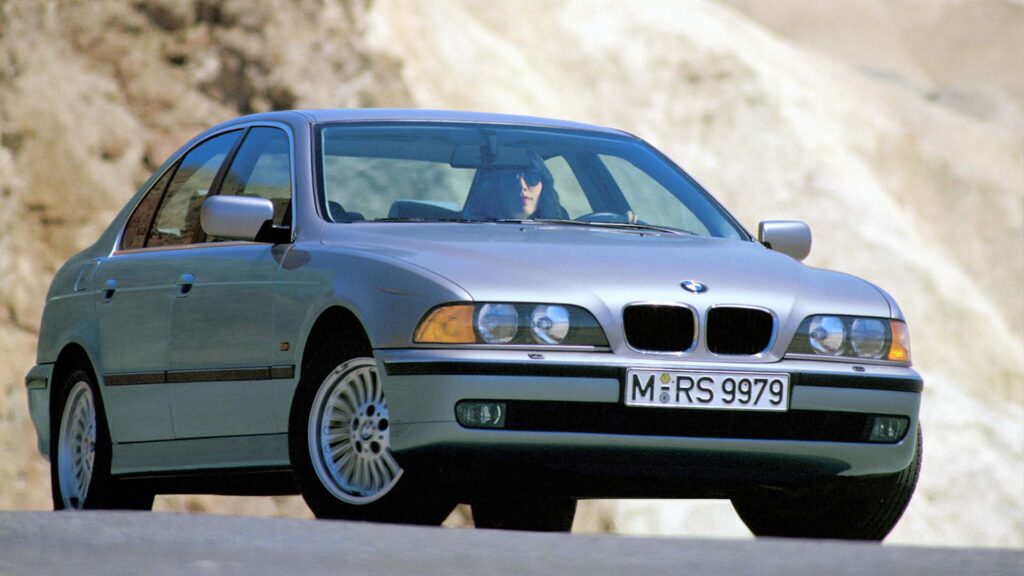
Did you think all I was going to outline was Japanese econoboxes? Think again! Life’s too short to make a list of all the usual suspects—Corolla, Civic, Accord, Camry, Mazda 3—as it’d not only be boring to write, but also perhaps not open one’s eyes to something new and different, and even make them into a connoisseur of sorts. Not that the aforementioned Japanese fare wouldn’t, I love ‘em as much as anybody. But the BMW E39 is special.
It’s a Bimmer (sidenote: not Beamer, that’s for BMW motorcycles) chassis that’s widely loved for its looks, interior amenities, ride quality, torquey inline-six engine, and fun-to-drive qualities. It’s also firmly cemented in the era of German cars that were better screwed together, had fewer squeaks and rattles, as well as an overall solid feeling in the way it rolled down the road. Fun fact: Its brilliance is also considered to be a bit of a measuring stick.
But there are still some things to look out for. Since it’s a BMW, oil and power steering leaks are a thing and could run up a shop repair bill, or be a little tricky to attempt to remedy on your own. But really, naturally aspirated inline-six Bimmers are easy to wrench on in the grand scheme of European cars. Other gaskets, as well as suspension arms and bushings, are also things to look out for, but those should be considered normal maintenance for any car. The key to reliable BMW service is regular maintenance—as long as it’s been kept up, the car’s various systems will continue to operate happily. But when something does give up the ghost, all parts are still widely available and for reasonable money.
Most reliable: Ferrari F355
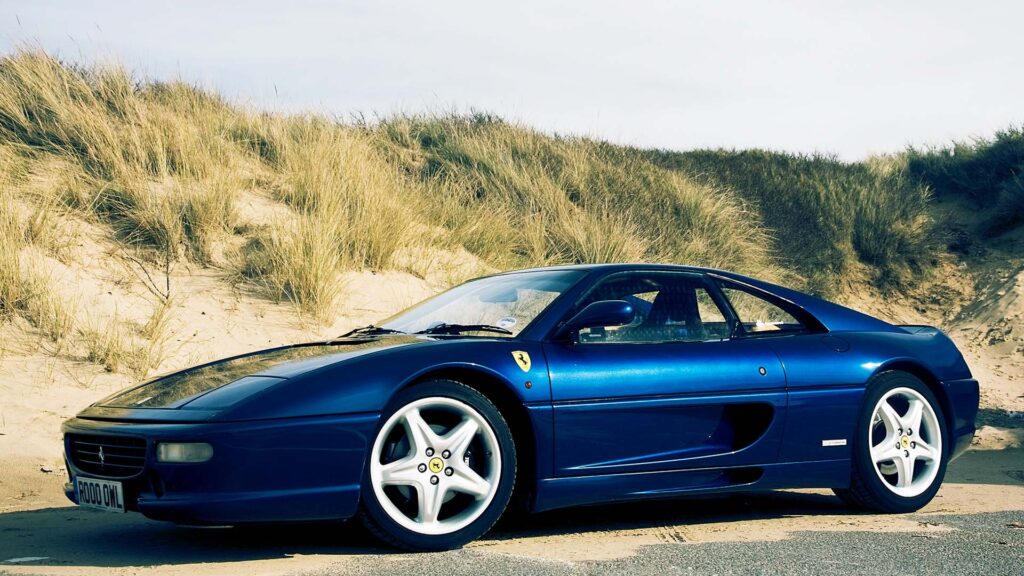
OK, hear me out! Let’s say you’re in the income bracket that could consider this legendary ‘90s exotic icon as a fun car to rip around in every day, on the weekends between Cars N’ Coffee events, or some combination of the two. Maybe you just hit it big in your career, or perhaps you selected the right lottery numbers. Or, you simply have earned enough of an income over the years to stash away for such a treat. The Ferrari F355 could be a very rewarding ownership experience, and, weirdly, more reliable than other exotics.
Its heart is a high-revving, 3.5-liter V8 that puts out 375 horsepower, which, when paired with a six-speed manual gearbox, will lunge to 60 mph in less than five seconds. Do yourself a favor and skip the clunky F1 automated manual gearbox, too, just stick with the stick if you’re able to. Redline is 8,500 rpm—nobody would ever call its soundtrack lacking. It’s also well-regarded for excellent, sporty handling, better ergonomics than other high-end fare of the era, and a drop-dead gorgeous exterior and interior.
Which means it could be worth putting up with the higher maintenance costs. It’s all about context, in that if you could afford a $100,000-or-so Italian sports car, these might not be too shocking. The Ferrari parts and fluid tax is a thing, but independent shops or attempting to do-it-yourself would save a lot of scratch over any dealer. Some trouble areas are faulty exhaust headers and catalytic converters on earlier models, valvetrains that need a little more attention than usual, and a timing belt service. That requires removing the engine from the car. OK, that’s not so ideal, but if you expect and plan for it, everything else is fairly modest for a Ferrari. Wait, one more: there’s also the electronic retractable roof on Spider and GTS variants—opt for a hardtop Berlinetta or have the retractable roof converted to manual to save a potential headache.
Otherwise, these cars love to be driven and will reward regular miles with a very even-keeled temper. Stashing them away in the garage on a battery tender for weeks or months at a time makes them annoyed, and forces them to develop leaks and shorter service intervals.
Least reliable: B5 Audi S4
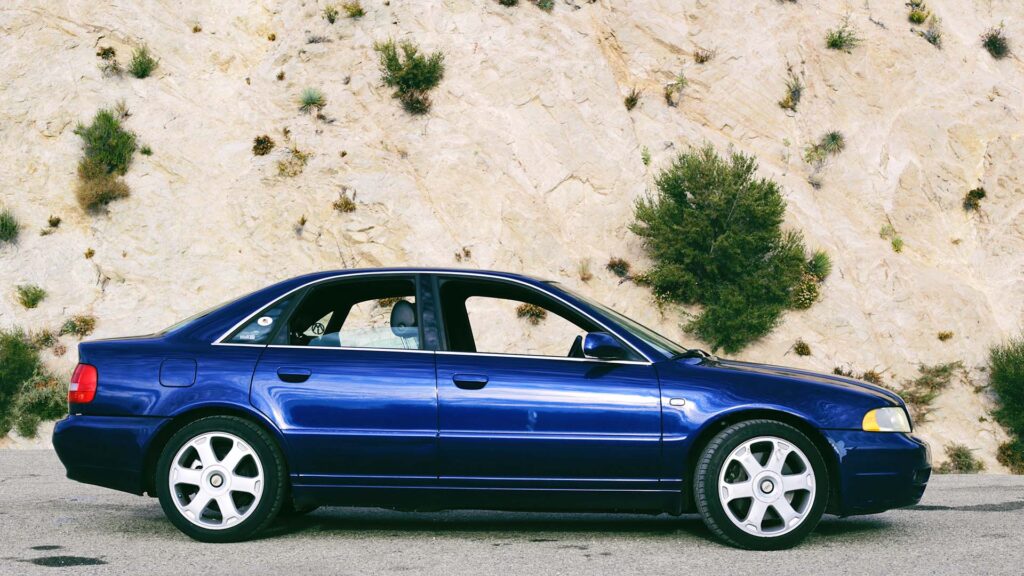
From here, it’s all downhill: let’s kick off the least-reliable list right with an infamously complex and moody German car: the twin-turbo V6-powered Audi S4. These things are difficult to work on and incredibly complex, and did I mention they’re difficult to work on? And as a proud (and often frustrated) B5 S4 owner, it’s still a very worthwhile car to own if you know what to expect.
Since this is the list of bad cars, let’s start out with the negative aspects that impact reliability: Vacuum leaks caused by fragile materials, fluid leaks, no room to work in the engine bay, expensive servicing because of said lack of room, its stupid auxiliary water pump under the intake manifold, tiny/weak turbos that eventually die, sensors that give up the ghost quicker than other cars, plenty of areas for double the boost leaks—because double the amount of turbos—to occur, too many suspension bushings that are hard to replace, and more. It’s a challenge, to say the least.
However, there are still some big positives to discuss. While the S4’s engine sits entirely in front of its front shock towers—and therefore affects overall handling—it can still be set up to handle very well with a little tuning. The reason for the engine being so far forward is due to its massive, Quattro all-wheel drive system, which gives the S phenomenal overall grip in all road conditions. When that twin-turbo V6 is running happily and without boost leaks, it’s a very entertaining engine to rev out and can make a massive amount of power reliably with minimal modification.
Though, big caveat to the B5 S4’s infamous status: Regular maintenance. If you follow the factory-recommended service intervals, use quality fluids, are aware of and look out for trouble areas, and drive them reasonably responsibly, they’re tanks. And by reasonably responsibly, I mean letting the engine and transmission oil/fluid warm up before launching them off the line every chance you get. So, if you happen upon one for a nice price and with a good service history, don’t be scared, just be prepared.
Least reliable: Jeep Wrangler

Some may call this one an easy target, others may be triggered and never read Accelera Mota ever again. Whichever it is, let the record state that the Jeep Wrangler is still one of the best factory off-road-ready trucks that money can buy.
You just have to, you know, put up with some occasional annoyances. When it comes to outlining issues that more than a few consumers have aired their grievances over, Repair Pal is a great resource for quick reference. One of the big issues outlined here is known as the death wobble, which is a very strong vibration caused by prematurely worn suspension and steering components. Then, ignition switch issues, leaky door seals, worn-out exhaust components, various fluid leaks, and various electrical gremlins are discussed as well. Some of these seem to be a thing since the early ‘90s, but others are a little more recent.
I don’t want to sell the Wrangler short, though. Preventative and regular maintenance, and being aware of these issues could help provide a more trouble-free ownership experience, even if the comments sections and forum posts love to make it a punchline. They’re seriously fun trucks, have such a unique driving experience, and can overcome so much out on the trail, either right off the showroom floor or after a few choice modifications. Plus, Jeep’s doing the Lord’s work by still offering certain trims with a manual transmission for the 2024 model year—good on ‘em.
(Editor’s note: As much as I adore Jeeps to death, we can never ignore the damn Stellantis/Fiat-Chrysler electrical gremlins in the newer JL models, many ranging from mildly annoying to downright comical. To my Jeep friends, I wish you luck in your everlasting war with JL reliability.)
Least reliable: Honda Civic

Talk about shots fired! “What on earth is he on?” they’ll probably say of the ramblings I’ve put on screen here. For the record, It’s just a lot of coffee on an empty stomach. But the Honda Civic has experienced some interesting little reliability issues over the past two decades or so. They’re not exactly life-and-death, but will result in a visit to the shop to remedy, and could rain on anybody’s Japanese-econobox-opinion parade.
Once again, according to Repair Pal, folks have reported a myriad of annoyances that their own Honda Civics have experienced. The top five are prematurely worn engine mounts, power window switch failure, broken hood release cables, a shift control solenoid fault, and windshield wiper motor failure. An occupancy sensor failure, too, which results in an airbag light, but that’s a pretty minimal one.
It must be said that a couple of these are specific to a certain generation, such as the broken hood release cable being a thing on pre-2007 models. And, for the most part, these are all relatively cheap parts that don’t require many labor hours to perform at the dealer or an independent shop. Or, once again, perform on your own with the proper tools and safety protocols. More costly jobs, like head gasket replacements, are reported on as well, though those seem rare—to the point of not being on par with basically any other car.
But really, here’s the thing

Outlining the Honda Civic as a lesser-reliable option is more of an exercise in showing that all cars have their little foibles, and may not always meet peoples’ expectations for bomb-proof reliability. To not anger too many car opinions out there: They’re plenty reliable.
But all this goes to show that overall reliability is a very subjective topic, and Lord knows people fight each other in comments day in and day out over many cars’ reputations. We’ve all seen some version of “What do you mean the 2003 Lotus Esprit V8 is unreliable? I’ve fed mine nothing but conventional diesel oil since day one, 150,000 miles ago, and launch it cold every chance I get! It’s more faithful than a Prius!” Well, that may be a bit hyperbolic, but you know what I mean.
However, one overarching theme to all of it is regular maintenance. Maintain. Your. Cars. Oh, and letting fluids warm up before any hard driving, that’s important, too. Even for something as wholesome as a Honda Civic. Doing so will not only guarantee efficient and reliable operation but also help extinguish the chance of developing trouble areas and help it retain value.
Moral of the story: If you dig a certain car for whatever purpose, become very familiar with it, know what to expect, budget accordingly, and take good care of it. Also, it’ll be much cheaper to commute day in and day out in a Honda Civic than in a Ferrari F355.










